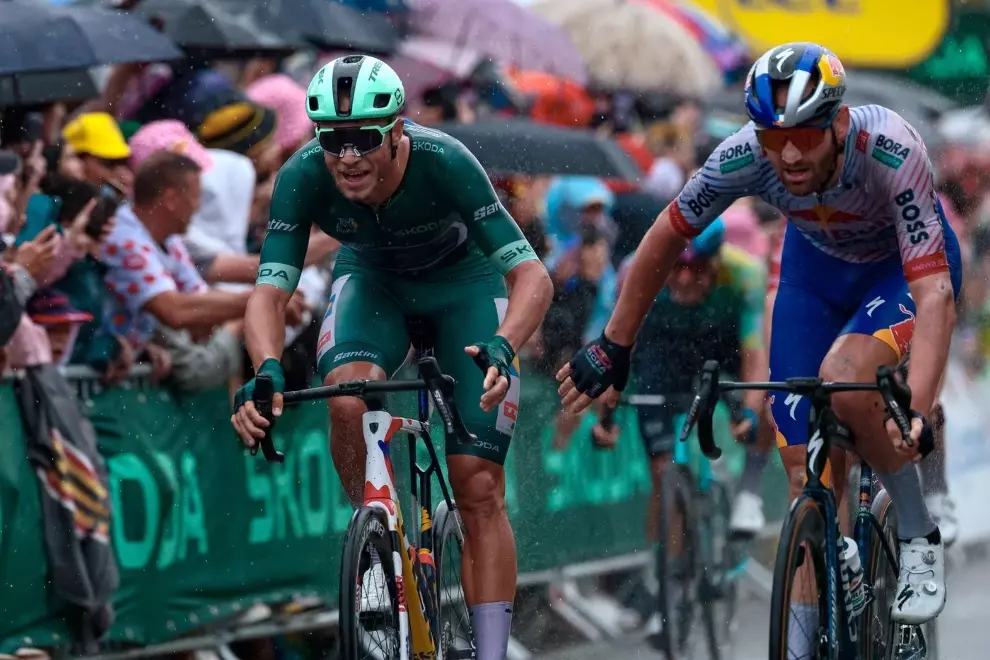Start slower than you think you should
A very common issue with amateur cyclists is that they feel fresh at the start of a climb, they get too excited and expend a lot of power at the beginning of a hill. This is especially common in races or group rides where less experienced riders try to hold on to faster guys. Always remind yourself to start conservatively. That will allow you to maybe pick up the pace as you settle in a climb and get a feel for it, or at the very least not burn out before you’re at the top. If you just do this simple thing, you’re sure to pass a lot more riders as you get closer to the top and that’s just the mental boost you need to keep up the tempo.

Focus and stay realistic
It can be very demoralizing when, in the middle of a climb, you start comparing yourself to better riders in your cycling group, your past performances or power outputs you were hoping for. You can avoid a lot of frustration if you use your mental energy to get the most out of the power you realistically have instead of torturing yourself with an image of a performance that’s not within your ability. So, whether you consider yourself a good climber or not, whether you are having a good day or not, think positive and focus on what’s within your control.
Stay in the saddle as long as you can
Being in the saddle allows you to use less energy and keep a lower heart rate as opposed to standing up to pedal. This is especially important to do on longer climbs if you want to improve your efficiency. Try to keep a cadence between 80 and 85 revolutions per minute and save your stand up for shorter climbs or the steeper sections of your climb.

Learn to use your bodyweight standing up
While standing up is less efficient, it gives you the ability to generate more power for a period of time. That’s because you are pushing down on the pedals with your whole bodyweight, not just with the power of your legs. To do it right, you should shift up one or more gears as you stand up because you will be pushing more power but with less cadence. Then drive your whole leg down leading from your hip and keep rocking side to side as you alternate legs to switch your centre of mass over the crank. A pro tip, if you ride in groups, then make sure to keep some pressure on the pedals as you’re standing up to avoid the slight deceleration that might endanger the rider behind you.
Conserve your power for the hardest moments
When you’re faced with a long climb that has both flatter and steeper sections, it might be tempting to accelerate on the flats to gain momentum. But studies show that increasing power along with the steepness of the hill leads to faster overall times. So, when the climb levels off, put your focus on staying steady and use the temporary relief to take a drink and get ready for the rest. This will allow you to push a little harder on the steeper sections where you benefit from your power the most.




